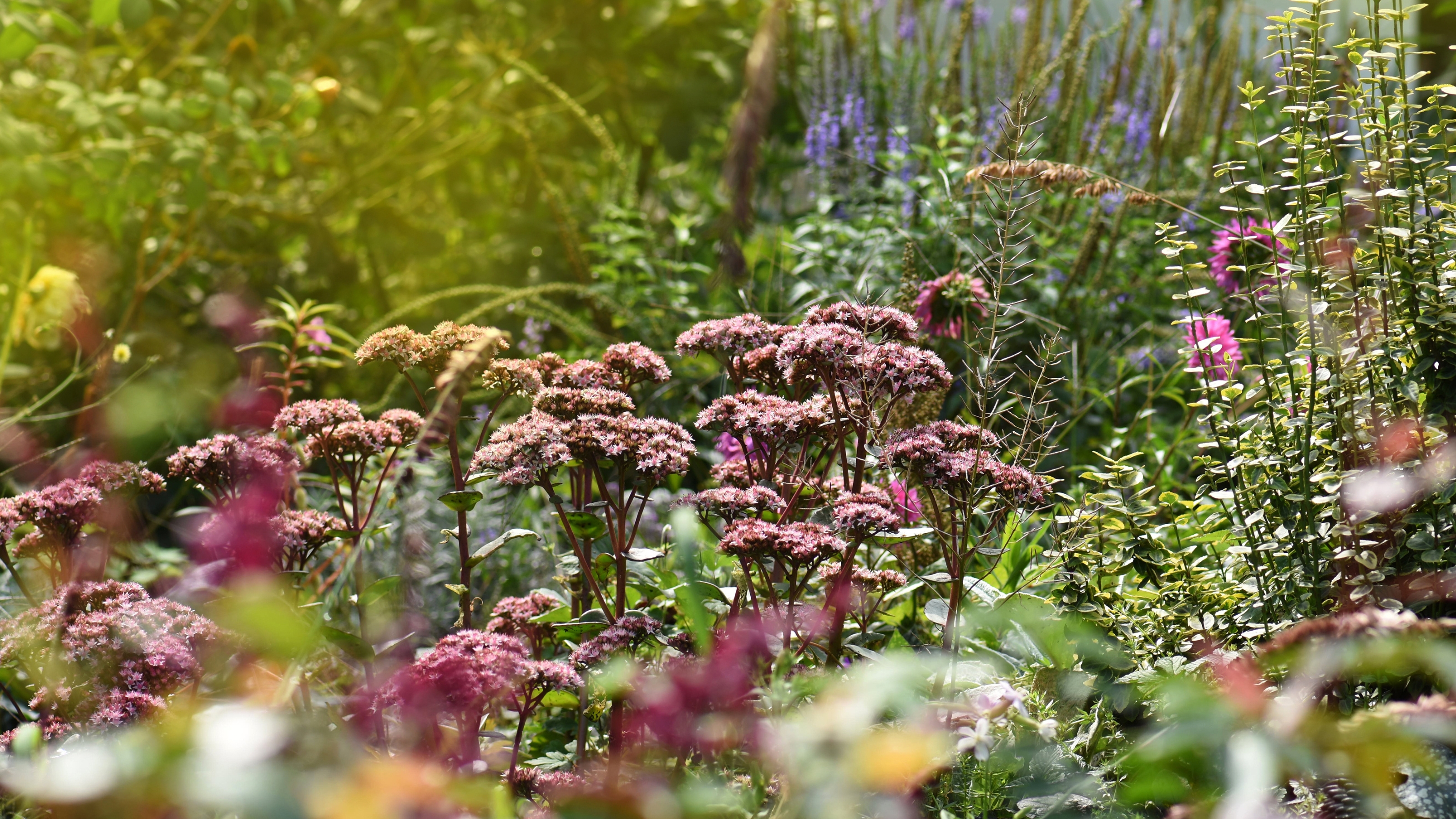
Planting bulbs in fall means you'll have a bloom-filled, super-colorful garden next spring. There's just so much to love about planting bulbs and then forgetting about them until up they pop like magic to brighten your day.
Head to the garden center or browse online and you'll soon see that bulbs are an inexpensive way of filling garden borders, containers, and window boxes. They come in a range of beautiful varieties, are so easy to grow, and once planted you don't have to do anything except wait to enjoy them when they break into bloom.
From September onwards is the perfect time to learn how to plant a whole range of flower bulbs like daffodils, crocus, and tulips. Perhaps you might like to add some more unusual bulbs into the mix too for a really show-stopping display. Either way, here's our round-up of expert suggestions for which bulbs to plant in autumn.
When to plant autumn bulbs
If you're wondering how to plant bulbs and when is generally the best time (after all, 'fall' is a big window!) it's good to know that it varies according to type.
Flowers like daffodils, crocuses, and hyacinths are best planted in early fall. Snowdrops can be planted a little later, from mid to late fall.
Meanwhile, tulip bulbs can be planted even later in the season. The ideal month is November but in some cases they can be planted as late as December as long as the ground isn't frozen.
You can also plant hardy summer bulbs, such as allium and bearded irises, from early to mid-fall. This will keep your garden filled with blooms once the spring flowers have faded.
1. Crocus
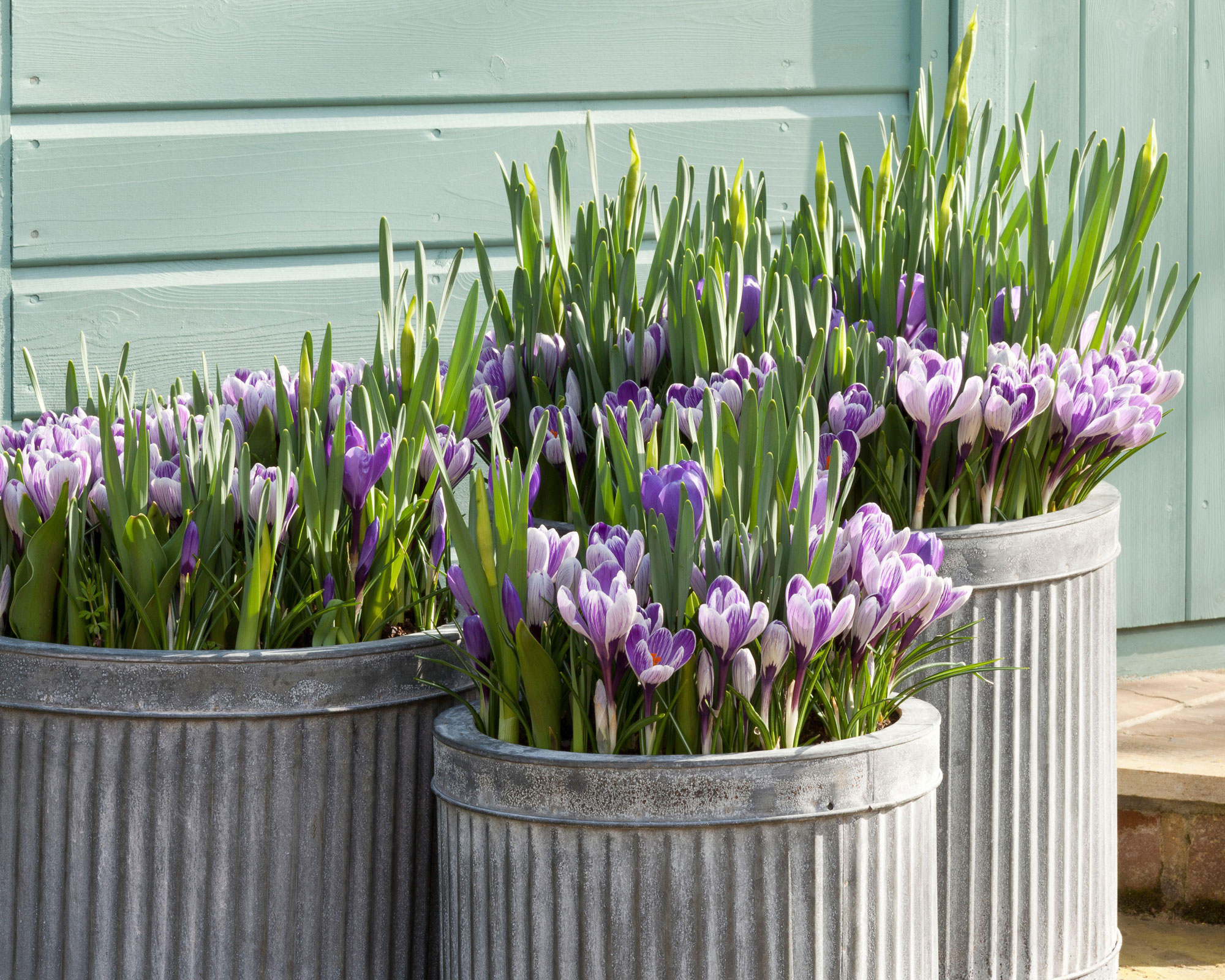
Plant crocus bulbs in late autumn and come spring you'll enjoy lots of bold early color. Choose deep purple or bright yellow shades for a bold splash, or crisp white ones if you prefer something more neutral.
"Crocus are some of the earliest spring flowers to bloom," says leading horticulturalist and flower expert Jenny Rose Carey. "They have tiny cup-shaped blooms so when you plant crocus in the fall cluster them for impact. You can also raise them up in containers or window boxes to better admire their intricate patterns, color variations, and scent."
Easy to grow, if you plant crocus in the right spot they will eventually form sizeable clumps. Corms (a type of bulb) should be planted four inches deep and the same distance apart. Always remember to plant the corm with the pointed tip facing upwards, and add a handful of grit to improve drainage.
2. Hyacinths
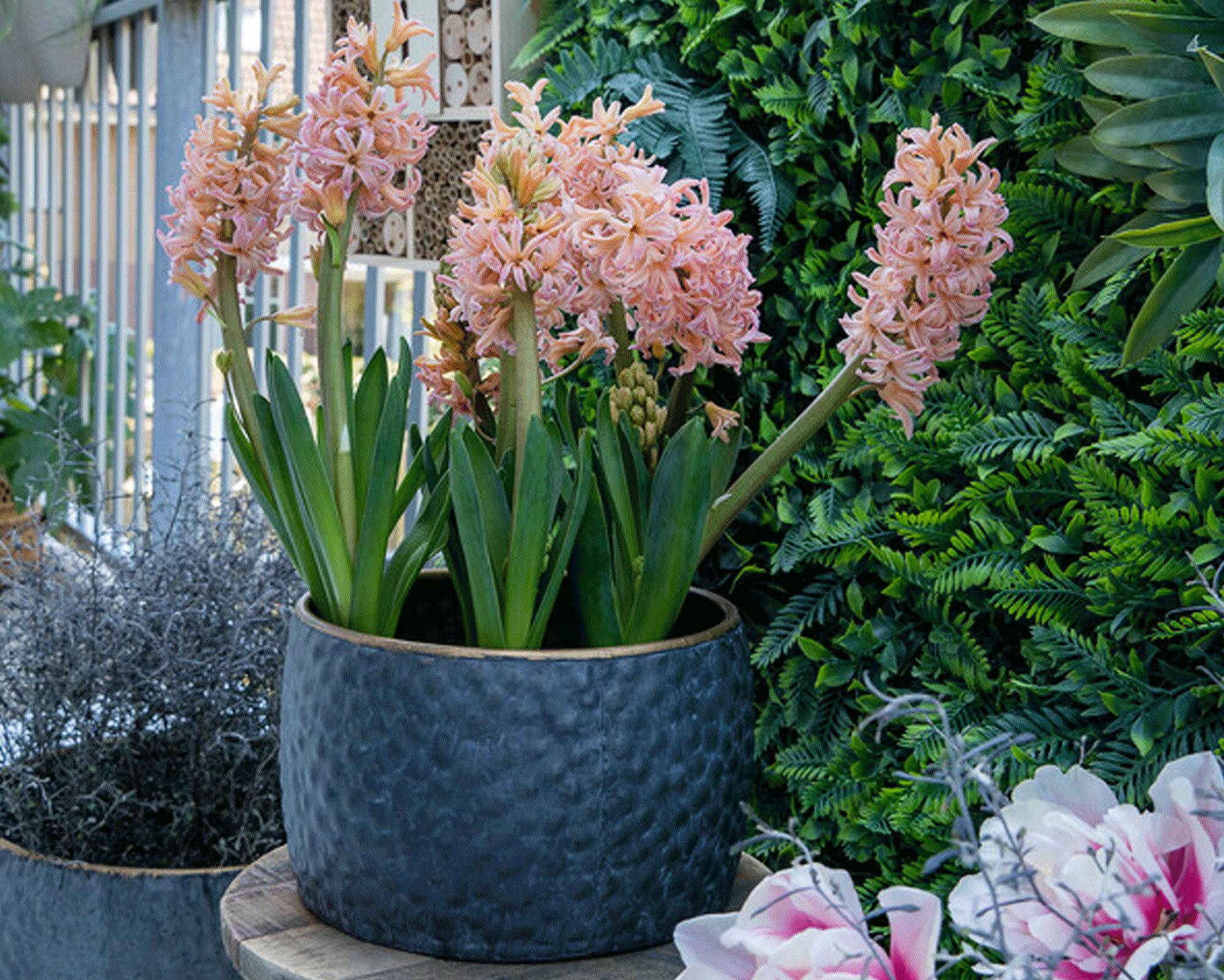
With their giant wands of blooms and gorgeous scent, hyacinths are a must-have springtime favorite. Mix and match them in flowerbeds and containers with other spring-flowering bulbs for an incredible display.
Like other spring-flowering bulbs, hyacinths should be planted in fall, between the end of September and early November, and they will flower in March–April the following spring. Hyacinth bulbs are available from late summer into fall from garden centers and online.
Always wear gloves when handling hyacinth bulbs as they can irritate the skin. Whether planting in the ground or in a pot, plant your bulbs, pointy bit facing upwards, at a depth of around four inches, with around three inches between each one.
These beauties need a sunny spot with well-drained soil. If your garden has heavy soil but you still want to plant hyacinths in the ground, add a handful of grit to the bottom of each planting hole to help improve drainage.
3. Daffodils
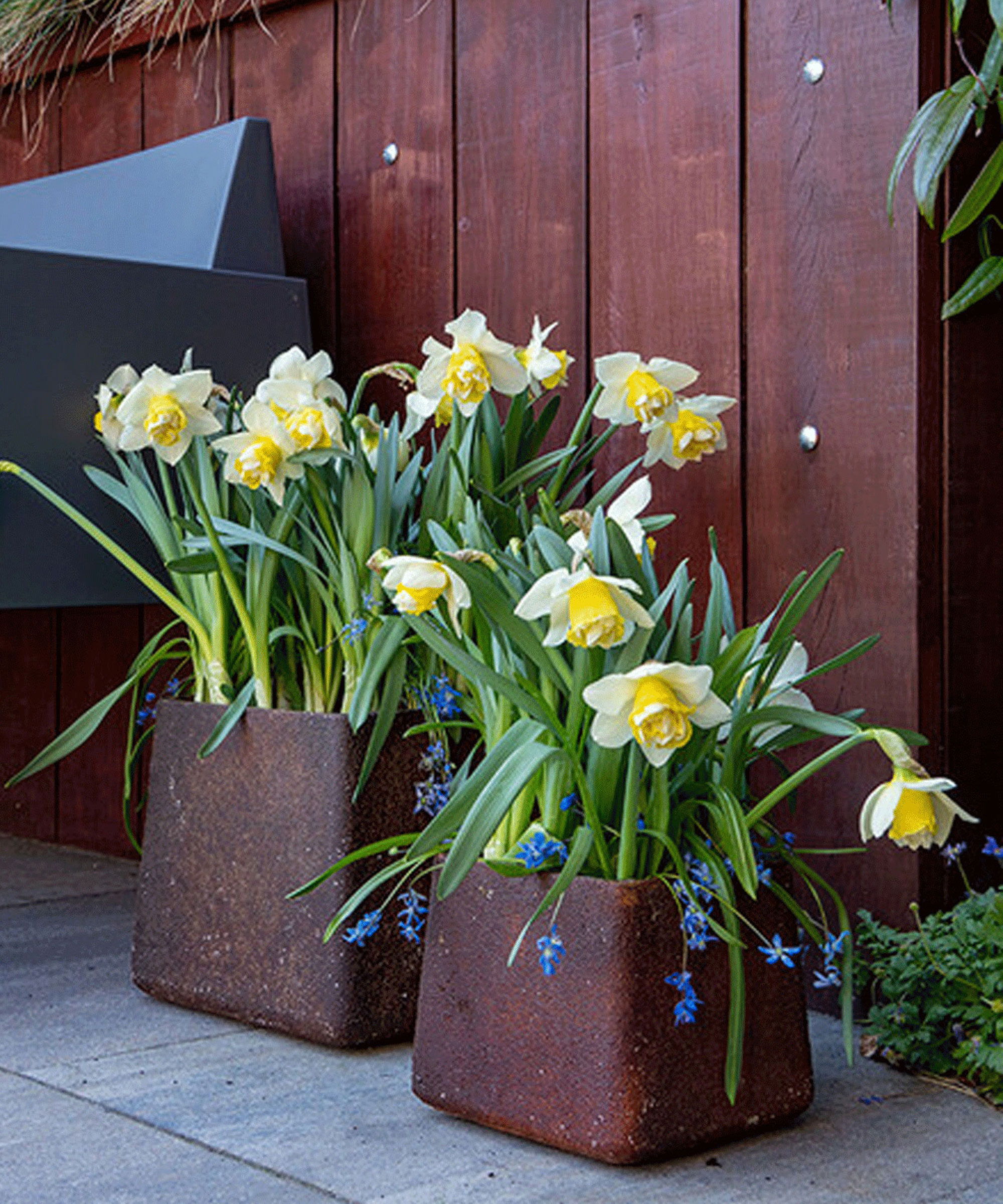
Daffodils are a must when you're deciding which bulbs to plant in autumn. These easy-going favorites will come back year after year and there is plenty of choice as there are thousands of different varieties to choose from. As well as traditional yellow they come in white, orange, and coral colors too.
"The most widely grown daffodils are crown-like trumpet shapes with small or large cups but there are others with swept-back outer petals, multiple heads to a stem, or fully double flowers,' says Jenny Rose Carey. 'Daffodils have a range of diverse fragrances too, from the heady tazetta types through to the sweet scent of jonquils."
Plant daffodil bulbs in early to mid-fall. They will flower from late winter to late spring, depending on the variety and when you planted them. Daffodils generally prefer a sunny spot in well-drained soil, although some varieties can cope with light shade.
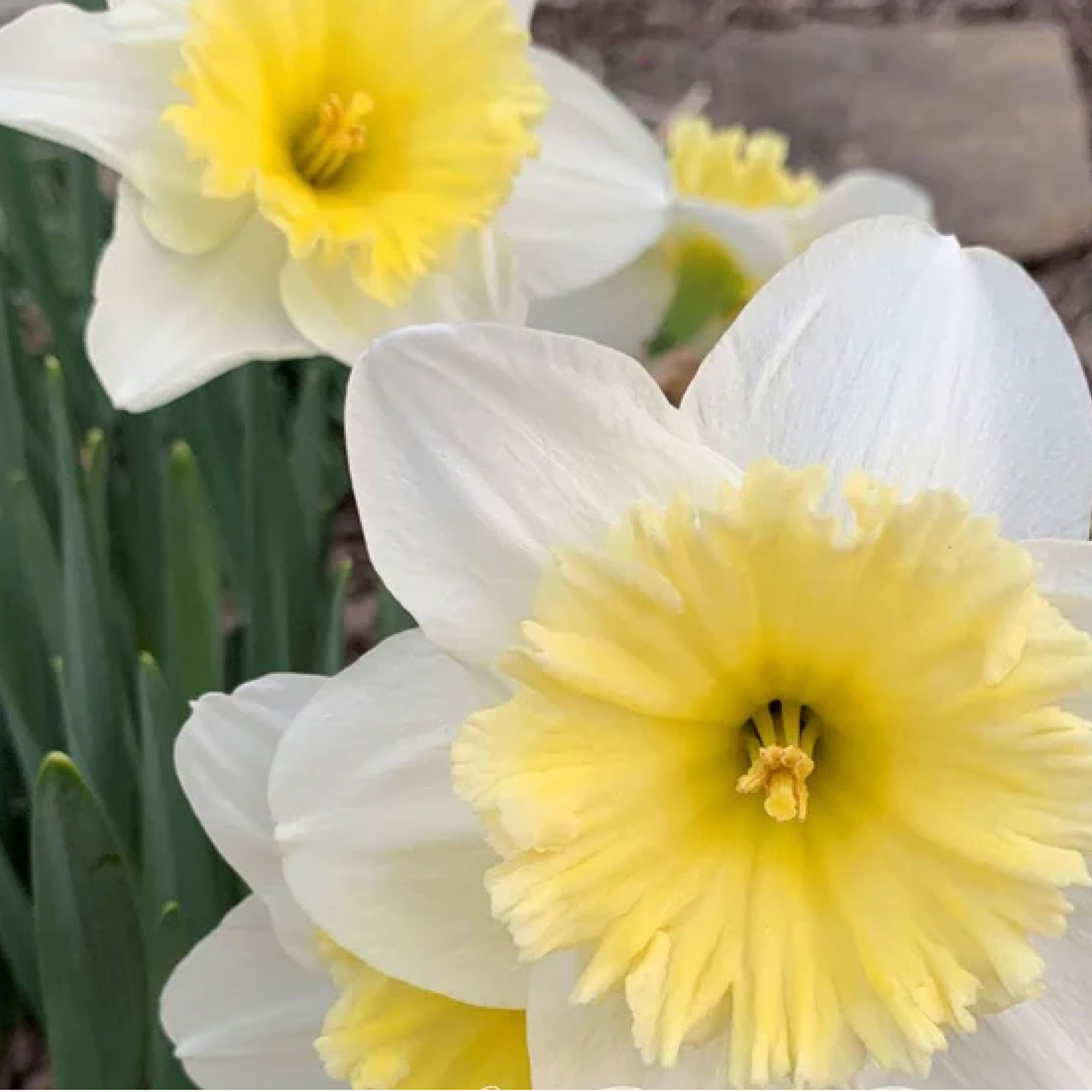
Price: $21.99/10 bulbs
This variety is best suited for garden beds, borders, and containers. Plant the bulbs in the fall before the ground freezes to establish roots before winter. Daffodils need 12-16 weeks of cold to bloom in the spring.
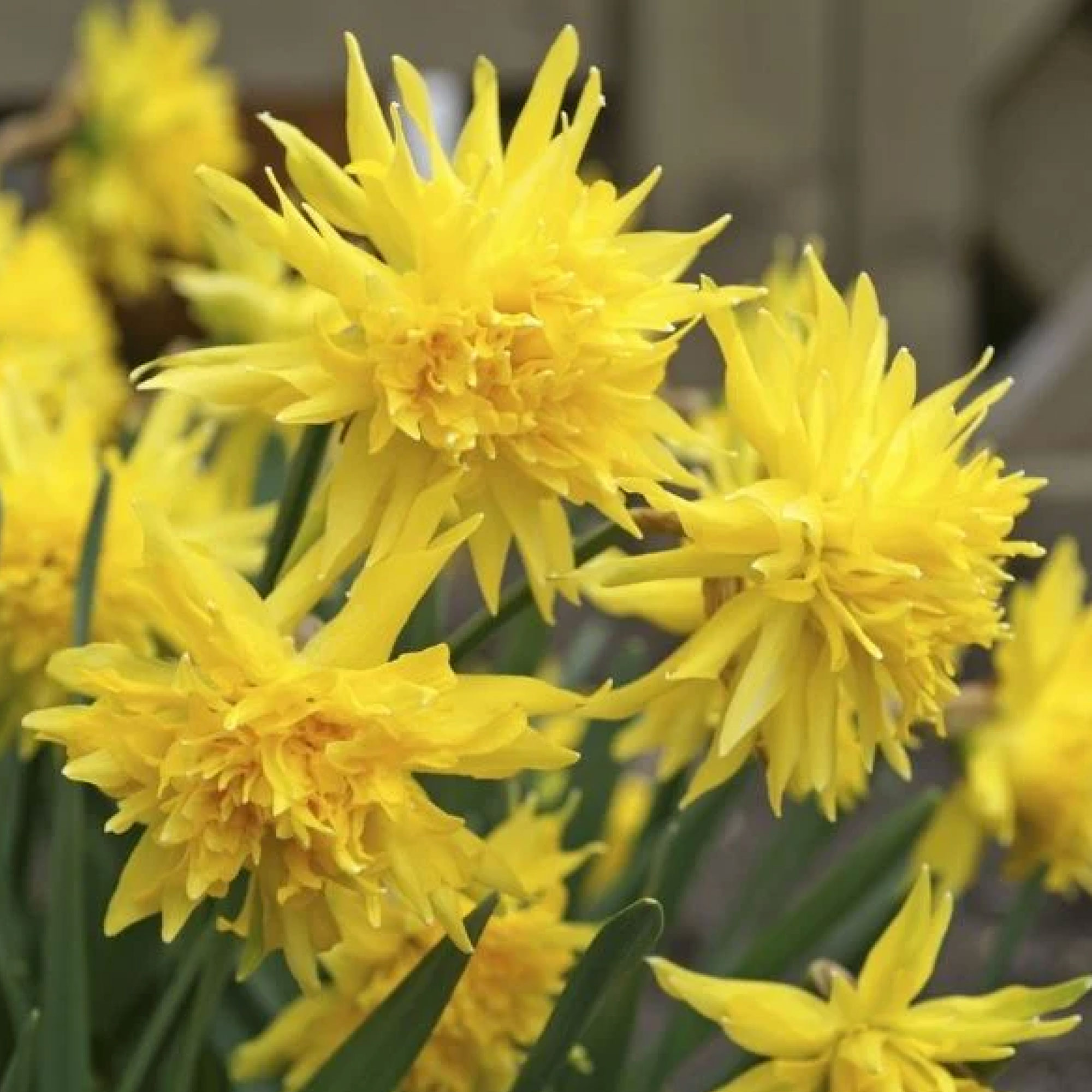
Price: $24.79/12 bulbs
With their spiky balls of brilliant yellow petals these 'double daffodils' are trending. They might look like a modern cultivar but they're actually an heirloom variety. This fragrant beauty is hardy throughout USDA growing zones 5 to 9.
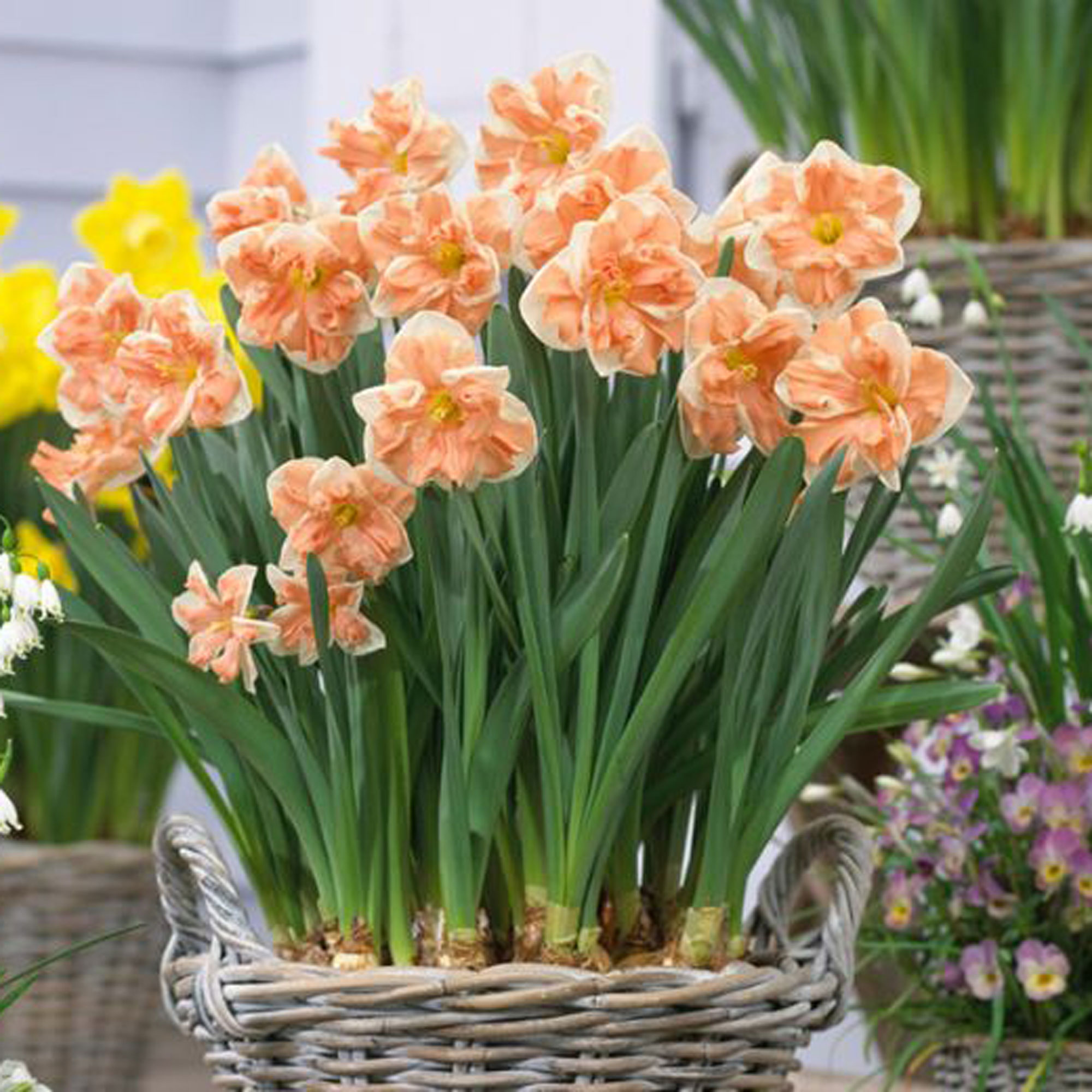
Price: $34.99/12 bulbs
The swirling ruffles of apricot petals are unique, a type of 'Petticoat Daffodil' with vertical slender green foliage. Forming lovely fragrant clumps that gradually naturalize, Apricot Whirl will become your new spring favorite.
4. Tulips
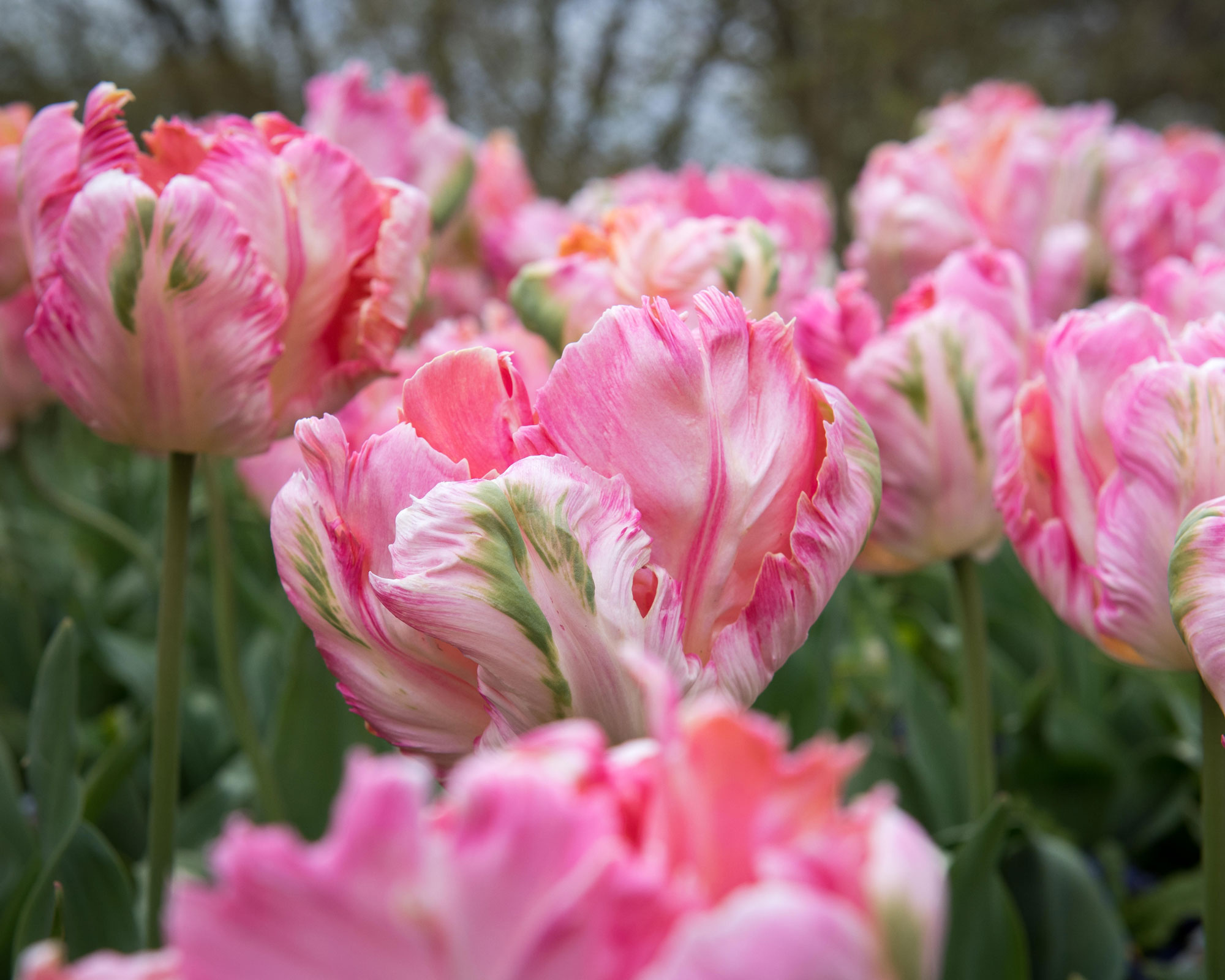
In early fall you will start to see tulip bulbs for sale but it's a little too early to plant them yet. The best time to plant them is later in the season. This helps protect against tulip blight, a disease that rots the bulbs and causes the leaves to develop a scorched look.
"The ideal moment to plant tulips is in November when the temperature of the soil is a little lower than in October," says internationally acclaimed garden designer and bulb expert Jacqueline van der Kloet. "If you want tulips to flower for several years they need to be planted deep down, at a depth of at least 5-6 inches."
Start by planting tulips in good, well-drained soil in a sunny position. If your soil is heavy it helps to dig in a little coarse gravel before planting.
"Tulips are the divas among spring-flowering bulbs and are eager to have preferential treatment," says Jacqueline. "But they're worth it."
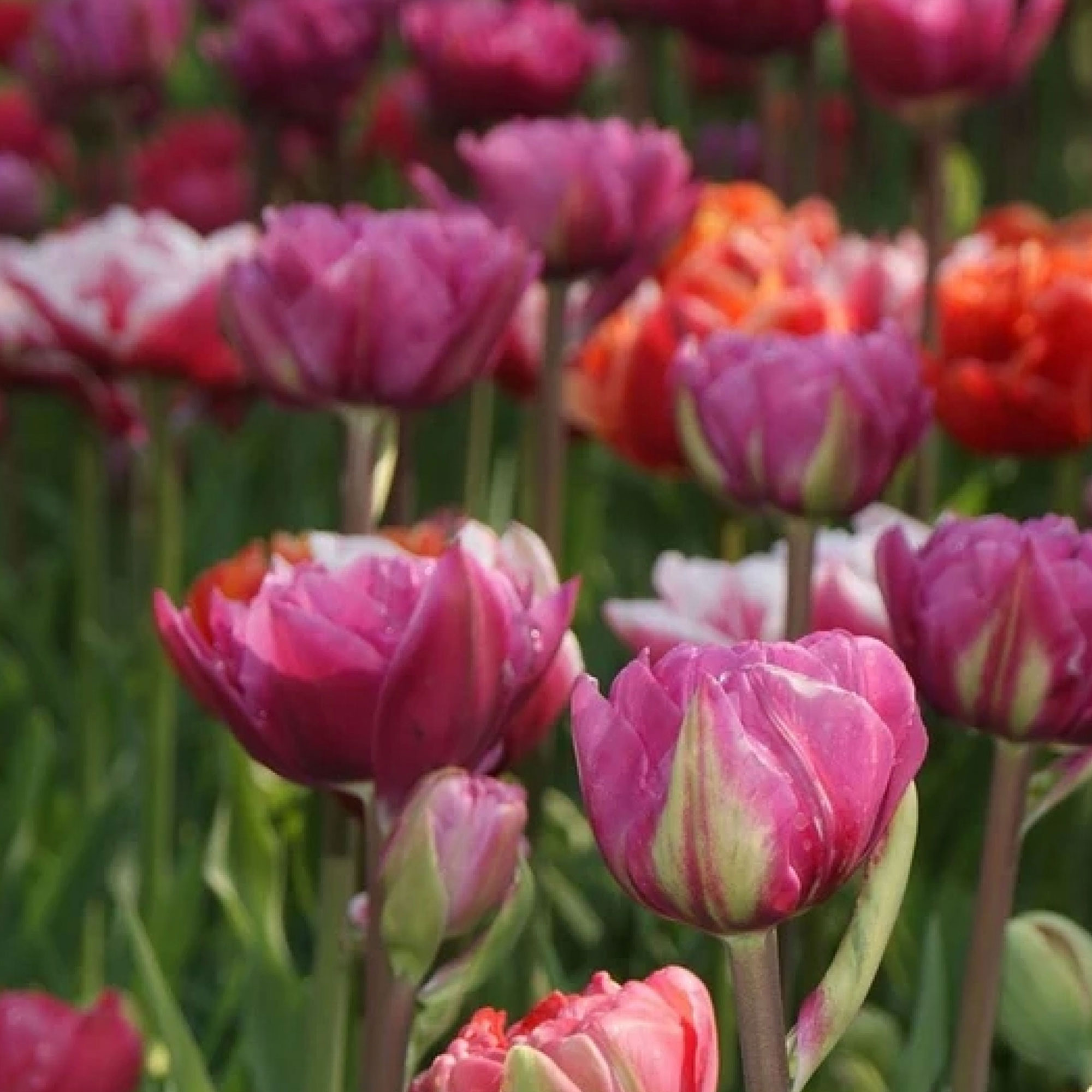
Price: $18.99/10 bulbs
These pretty multi-layered blooms are recommended for growing in beds and containers, as well as making good cut flowers. The frilled petals are almost peony-like in appearance and are highly regarded for their beauty.
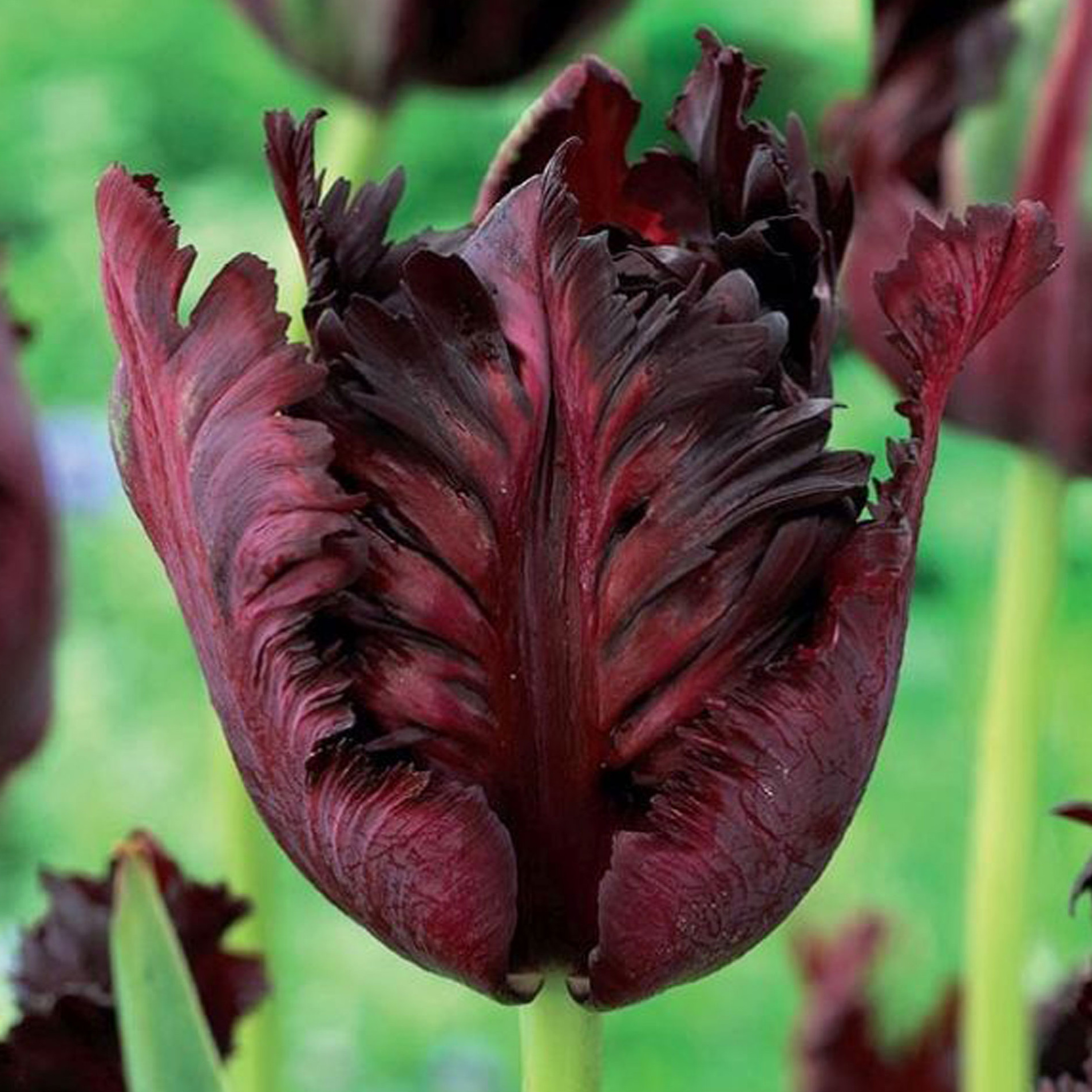
Price: $29.99/12 bulbs
Elegant and exotic, this stunning tulip has jagged-edged petals that are a stunning mix of dark pink, mauve, and wine-red streaks. These lovely tulips look fantastic in containers or among other bulbs in garden beds and borders.
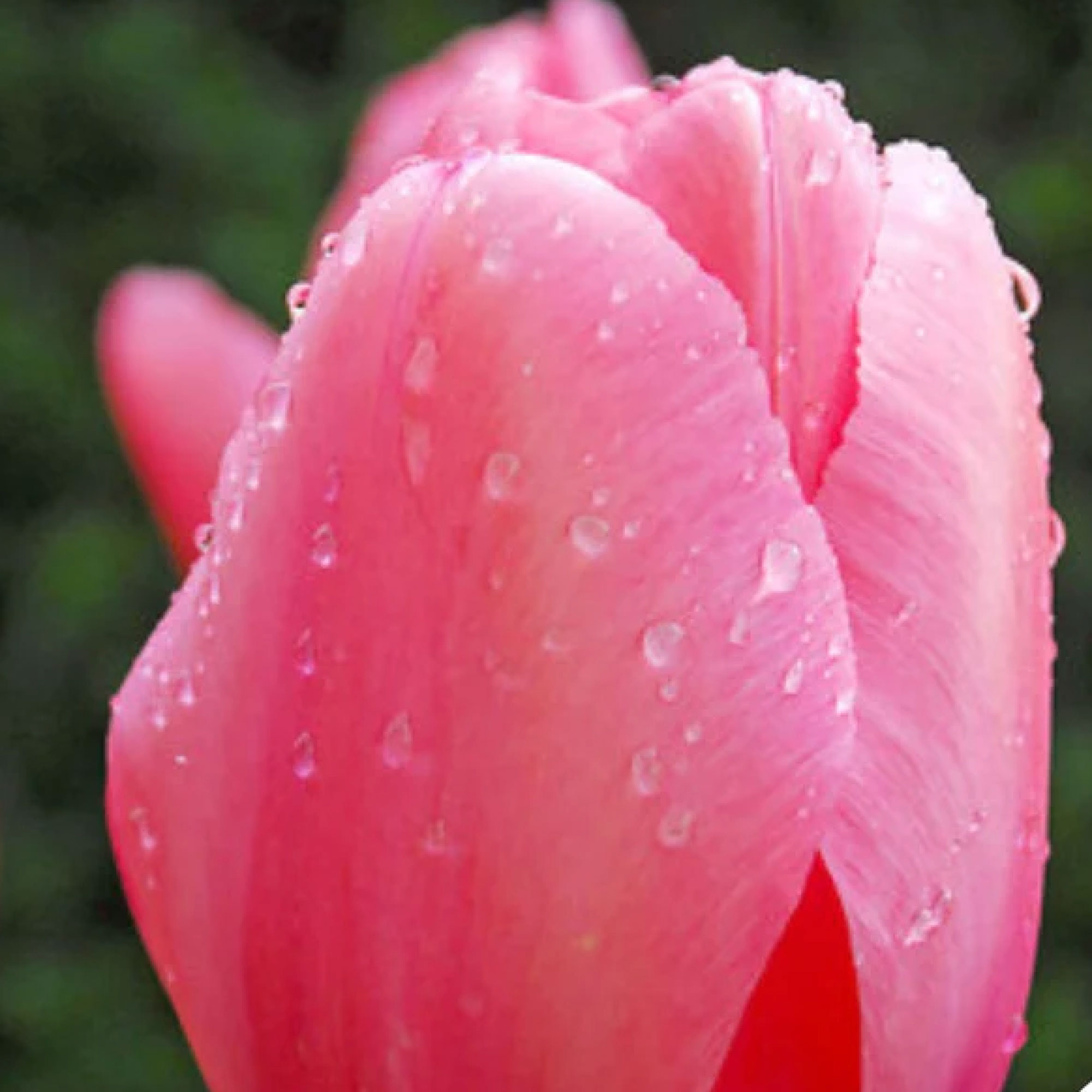
Price: $17.99/10 bulbs
Recommended for growing in beds and containers, this variety has bright pink blooms in mid to late spring. It's known for its strong stems with large, sturdy blooms. These long-lasting pink flowers are fantastic for spring displays.
5. Camassia
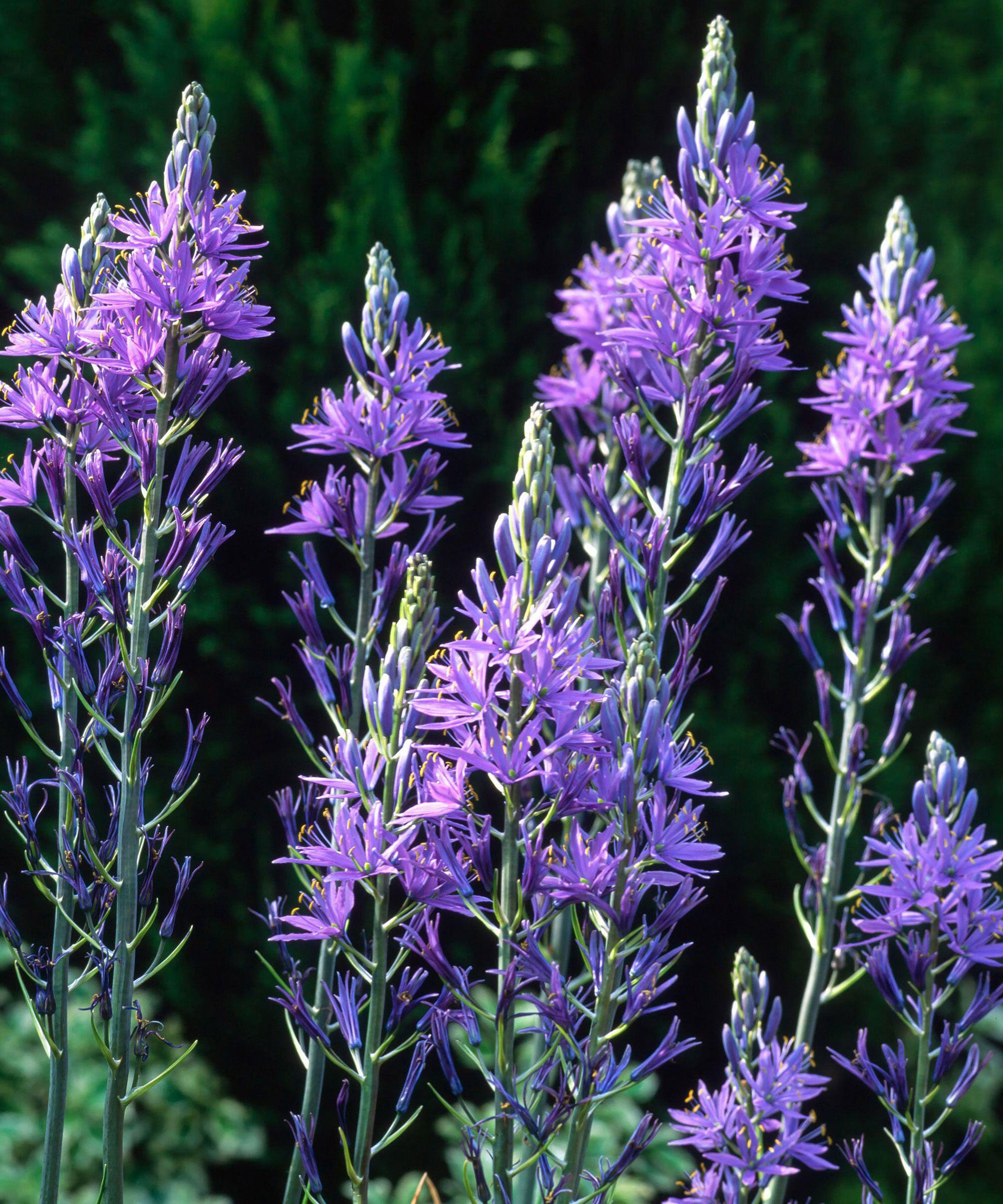
Native to western North America, Camassia (also known as wild hyacinth) flower in late spring. Once planted, they bloom for many years, and will gradually multiply to form good-sized clumps in your flowerbeds.
"The beautiful spikes of blue, pink, or white star-like flowers are an excellent addition to a late spring garden," says Jenny Rose Carey. "Easy to grow from a fall-planted bulb, they are perfectly at home in a flowerbed planted with columbine, tulips, and allium."
Unlike many spring bulbs, camassia will grow in heavy, moist soil so rejoice if these are your conditions, as you've found a bulb that will truly work in your garden. You can plant them from September right through to November, with the pointy end facing upwards, at a depth of at least twice the height of the bulb. Space them about four inches apart, and water well.
6. Allium
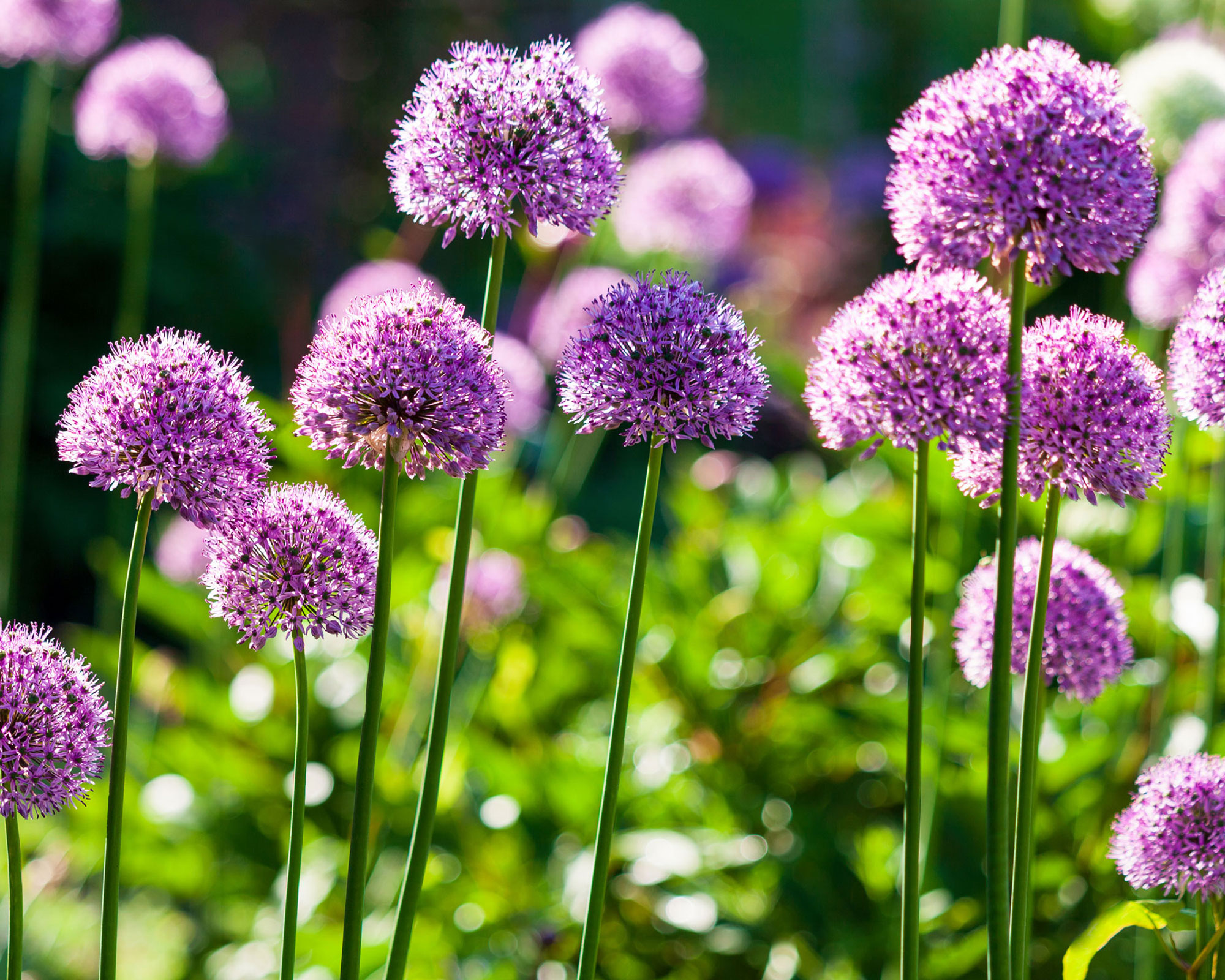
If you love purple flowering garden plants be sure to add allium bulbs to your autumn shopping list. 'Striking purple spring-flowering bulbs are almost all to be found among allium,' says Jacqueline van der Kloet. "Practically all purple alliums go well with varieties of salvia plants as neighbors and they flower almost at the same time."
These hardy bulbs are planted in early fall, either in borders or container gardens, at a depth of about four times the diameter of the bulb and about four inches apart. The taller varieties will need at least eight inches between the bulbs. They look particularly magical woven in amongst ornamental grasses.
Alliums appear in late spring/early summer, making a striking punctuation mark in the garden. From the striking 'Purple Sensation' to the eye-catching fireworks of 'Globemaster,' alliums will certainly add some drama to your outdoor space.
7. Bearded iris
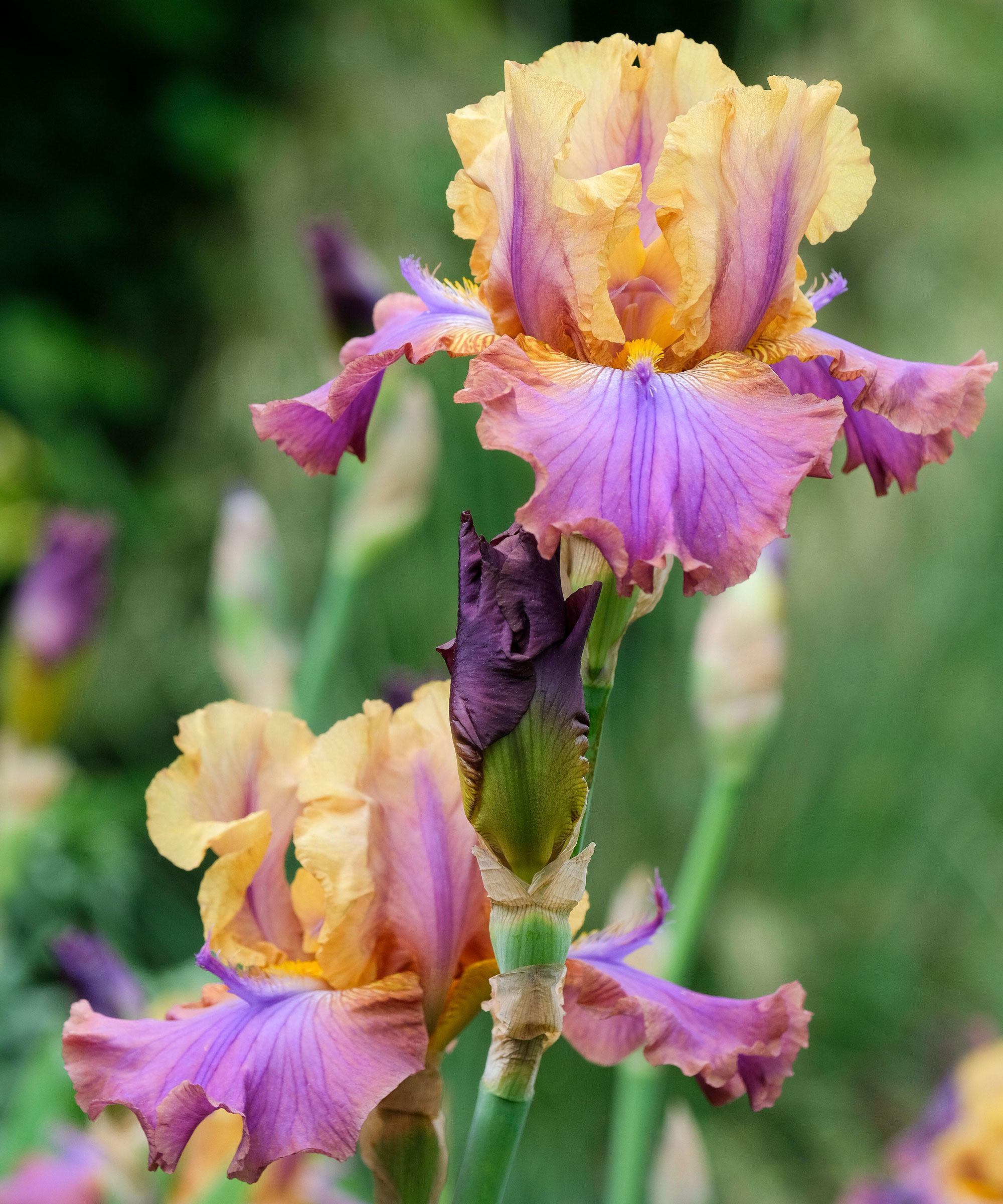
"Bearded iris must be the grand spring queens of the garden," says horticulturist and flower expert Jac Semmler. "A delicate petal tongue pushes out and is fanned by a series of petals. The kinds of flowers available range from simple-structured blooms to voluminous varieties with every possible fold and ripple, sitting gloriously on top of stems in a big pile of petals and flounce."
Buy loose bare-rooted rhizomes (a type of bulb) in autumn and get them settled in the ground. They like a position in full sun best. Plant them flat and shallow in the soil. You can even leave a section of the rhizome exposed to the sun if you live in a cool climate so they can enjoy a little heat.
If needed you can also add some grit for drainage when planting to avoid the rhizome rotting. "My advice is not to delay getting your hands on some and getting them in your garden," says Jac.
Bearded iris are glorious and a tad underrated, according to Jac and we agree. They make such a statement they deserve a place in every garden.







